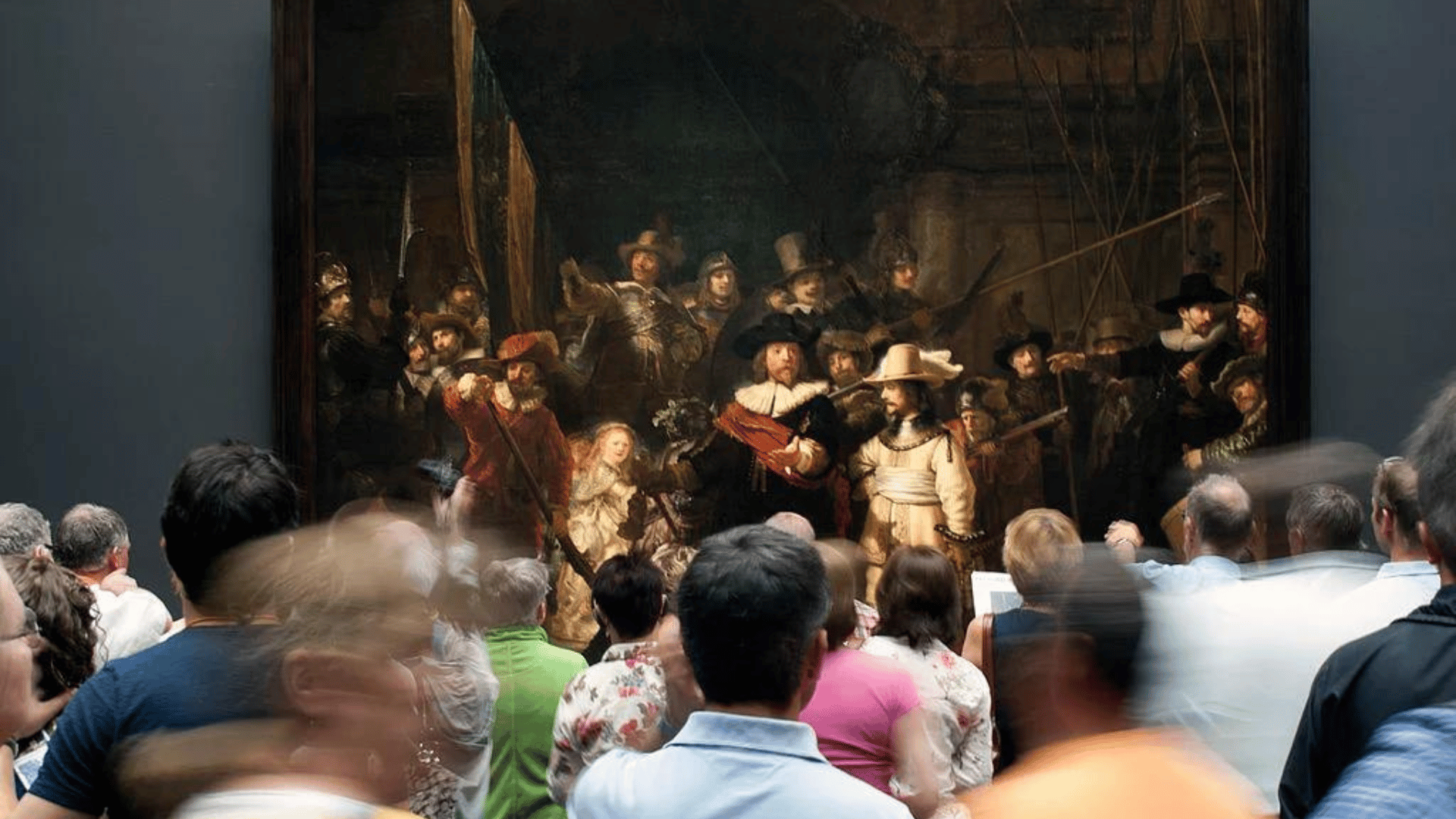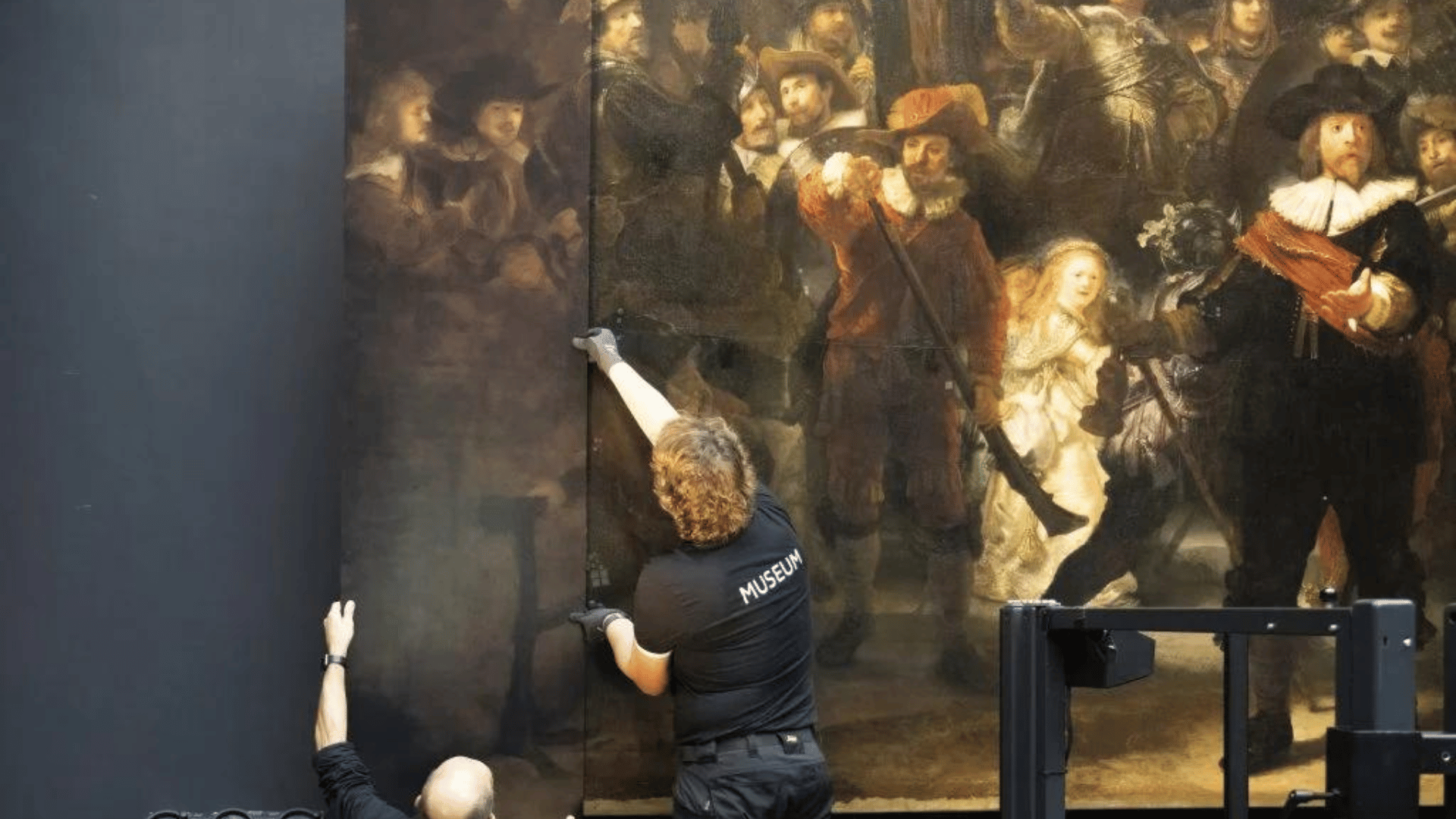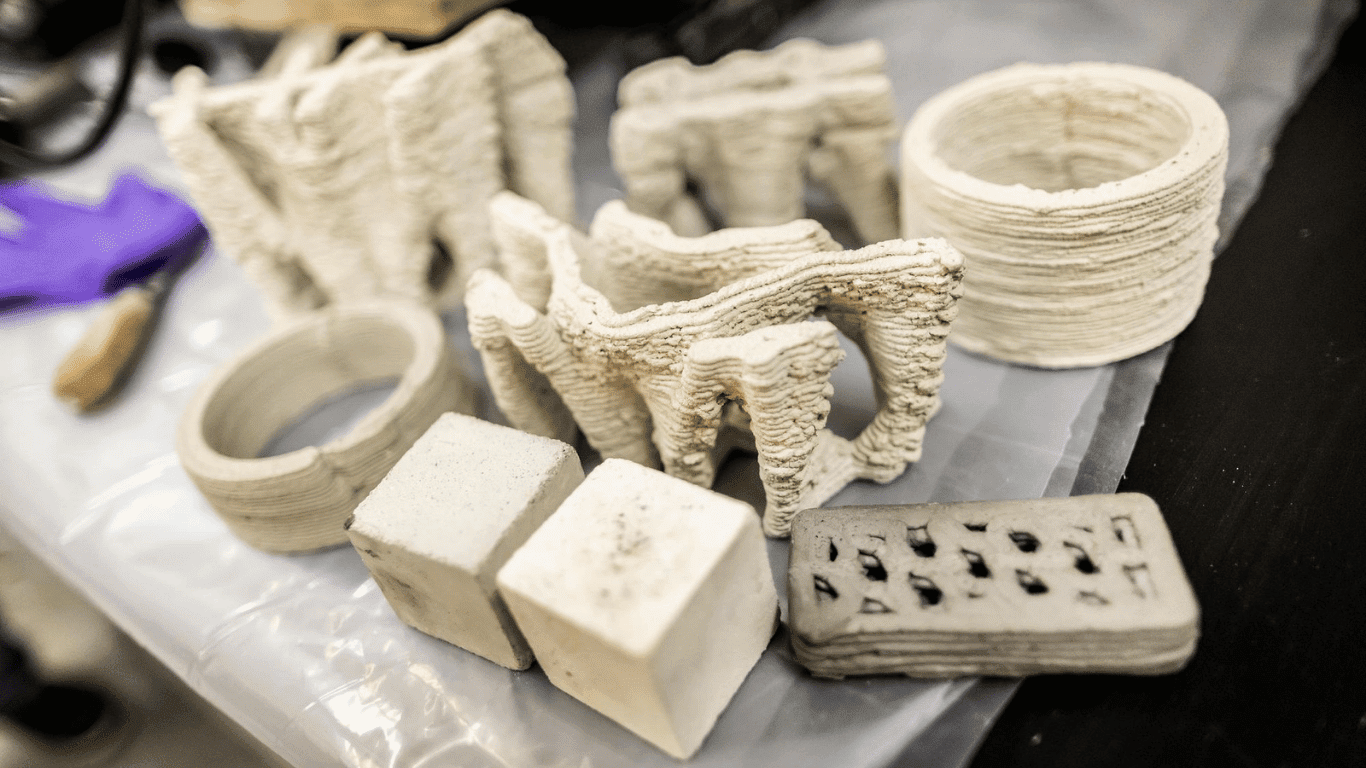Scientists have used imaging techniques to solve how the famous 17th-century painter Rembrandt achieved the unique lustrous sheen in his painting titled The Night Watch.

The painting, which measures 12 by 14.5 feet, depicts a group portrait of a civic guard company. Central figures include Captain Frans Banninck Cocq and his lieutenant Willem van Ruytenburch standing to his left. The figure on the left is dressed in a champagne-colored coat with intricate golden embroidery, where the painting’s secret ingredient was discovered.
The secret ingredient, arsenic, was discovered in the painting during Operation Night Watch, an ongoing project by scientists at the Rijksmuseum and the University of Amsterdam. The researchers used various noninvasive analytical imaging techniques, such as X-ray scans and paint sample research, to conduct a thorough examination of the delicate painting.
The chemists who made the discovery initially believed that Rembrandt had used orpiment for yellow hues and realgar for red hues. After conducting their experiments, however, they found the presence of pararealgar and semi-amorphous pararealgar, both arsenic sulfide minerals, in this area of the painting.

The shine created by arsenic sulfide materials is due to their crystal structure and composition. The new research allowed the team to conclude that Rembrandt blended these arsenic sulfide pigments with other pigments to create the unique golden sheen.
Though other Dutch still-life artists used arsenic, Rembrandt’s use is considered innovative because it was primarily used for painting flowers or fruits. Additionally, this research has allowed scientists to gain new insights into this period of history.
After comparing samples from this painting to those of other artists in Rijksmuseum’s collection, the team found a similar pigment mixture in a painting by Willem Kalf. According to the study, this could be used as evidence to suggest that using natural and artificial arsenic sulfides to create pigments was more common during this period than previously believed.







